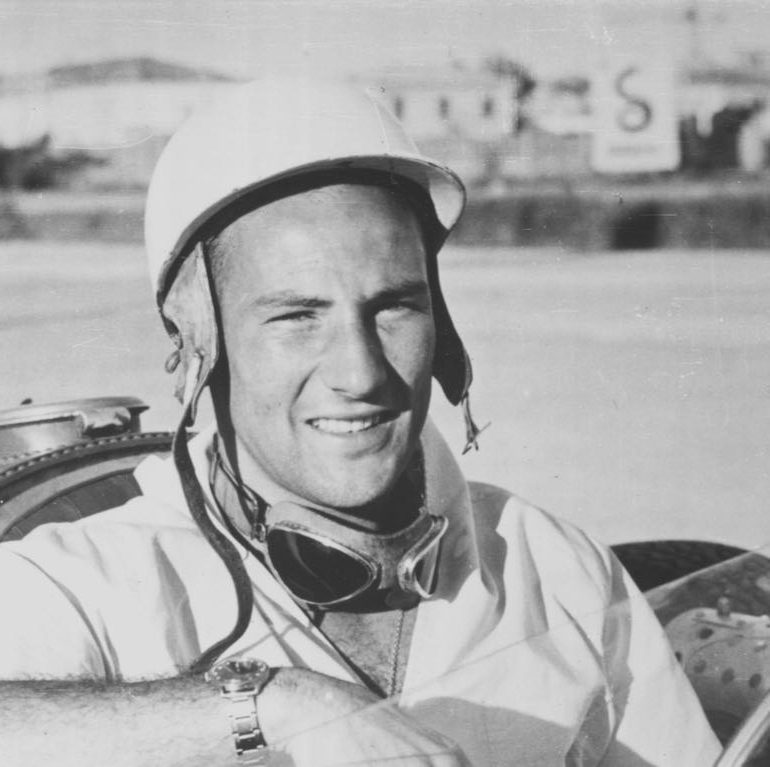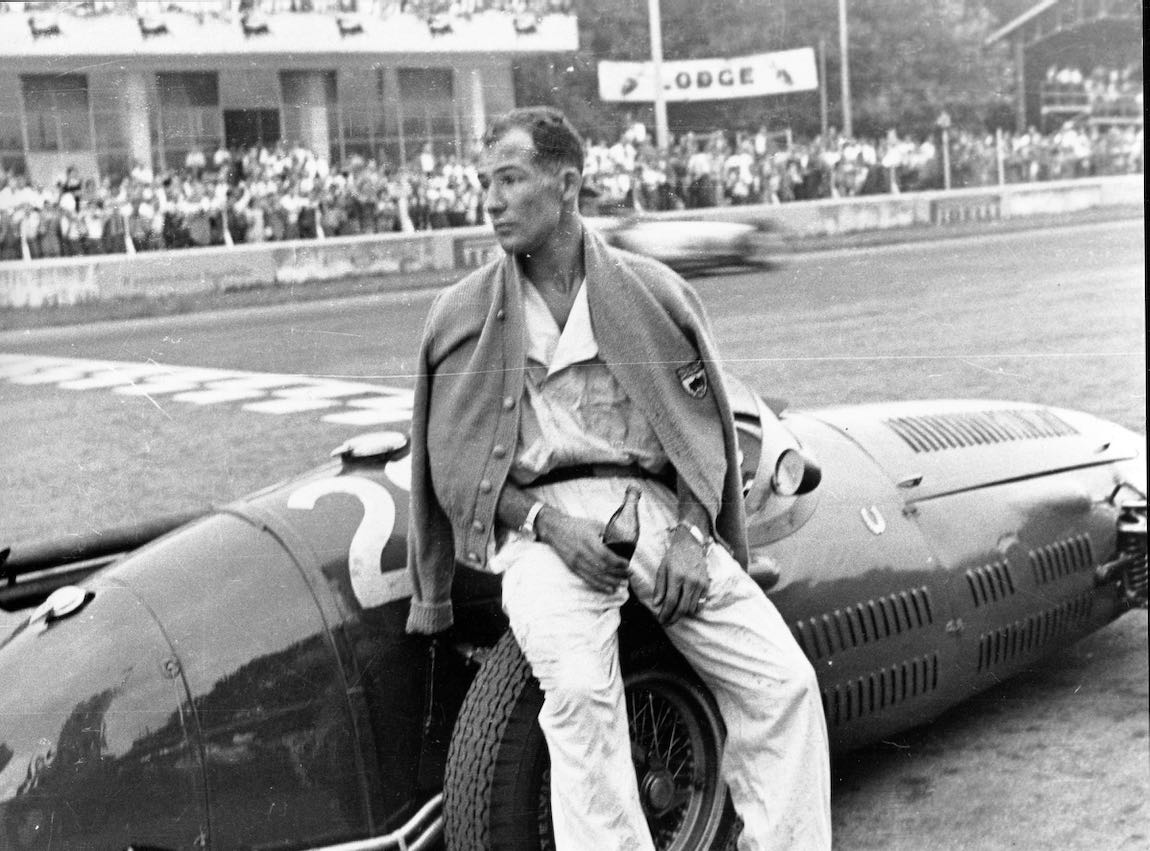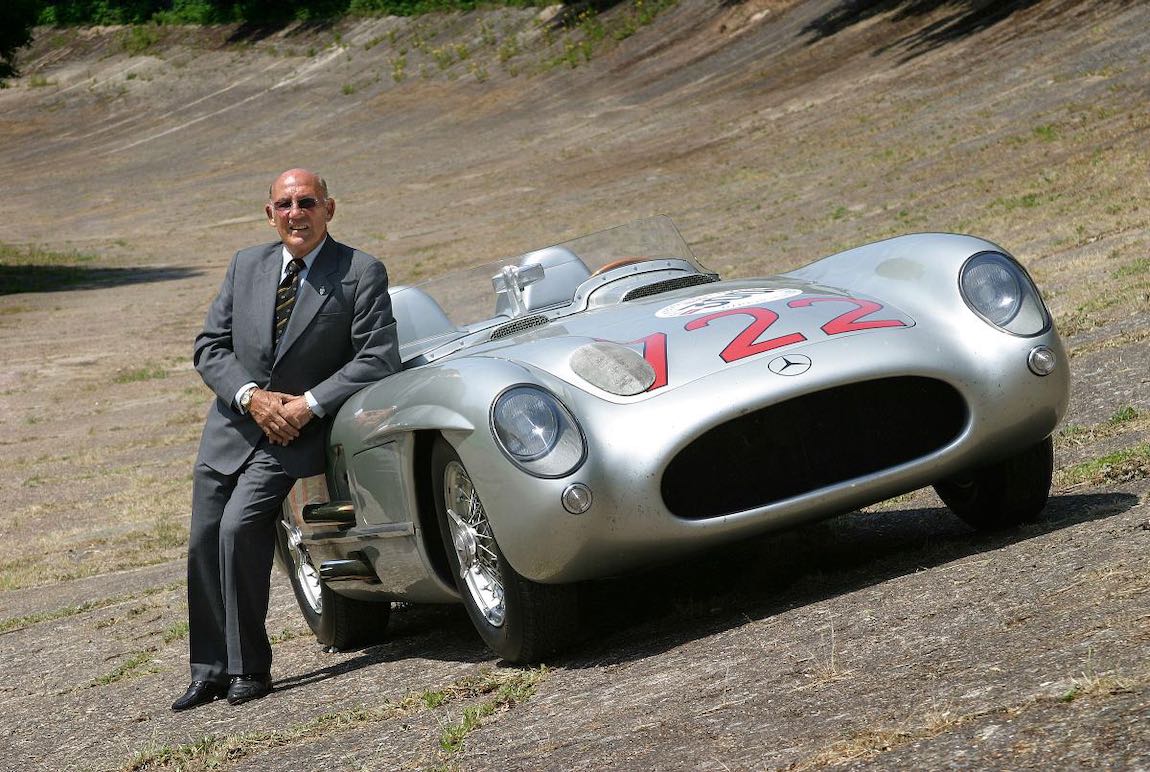British motor racing legend Sir Stirling Moss passed away following a long illness on Easter Sunday at his Mayfair, London home at the age of 90, with his wife Susie, the Lady Moss, by his side.
Stirling Craufurd Moss was born into a motorsport family. His father Alfred, a wealthy dentist, was a talented amateur racer who could even lay claim to finishing 16th in the 1924 Indianapolis 500, while his mother Eileen used to compete in hillclimbs around the same time. Stirling and his sister Pat were accomplished horse riders, but the boy fell in love with cars and, at the age of 17, secretly ordered himself an MG, signing for it instead of his father, who was far from happy about it. However, realising how keen his son was to race, he decided to go along with it, allowing him to race his BMW sports car. Pat followed suit, but unlike her brother, she opted for rallying and was successful in this field.
In 1948, Stirling Moss bought a Cooper Jap 500 racing car. With it, he took part in 15 Formula 3 races, winning 12 of them. This was the start of an international career. In 1949, the young racing driver became a part of the British H.W.M. works team in Formula 2 and won the English Formula 2 championship title in 1949 and 1950. In 1950, Moss also won the Tourist Trophy in a Jaguar XK 120, beating the works racing car of the manufacturer. A year later, he headed the Jaguar team.
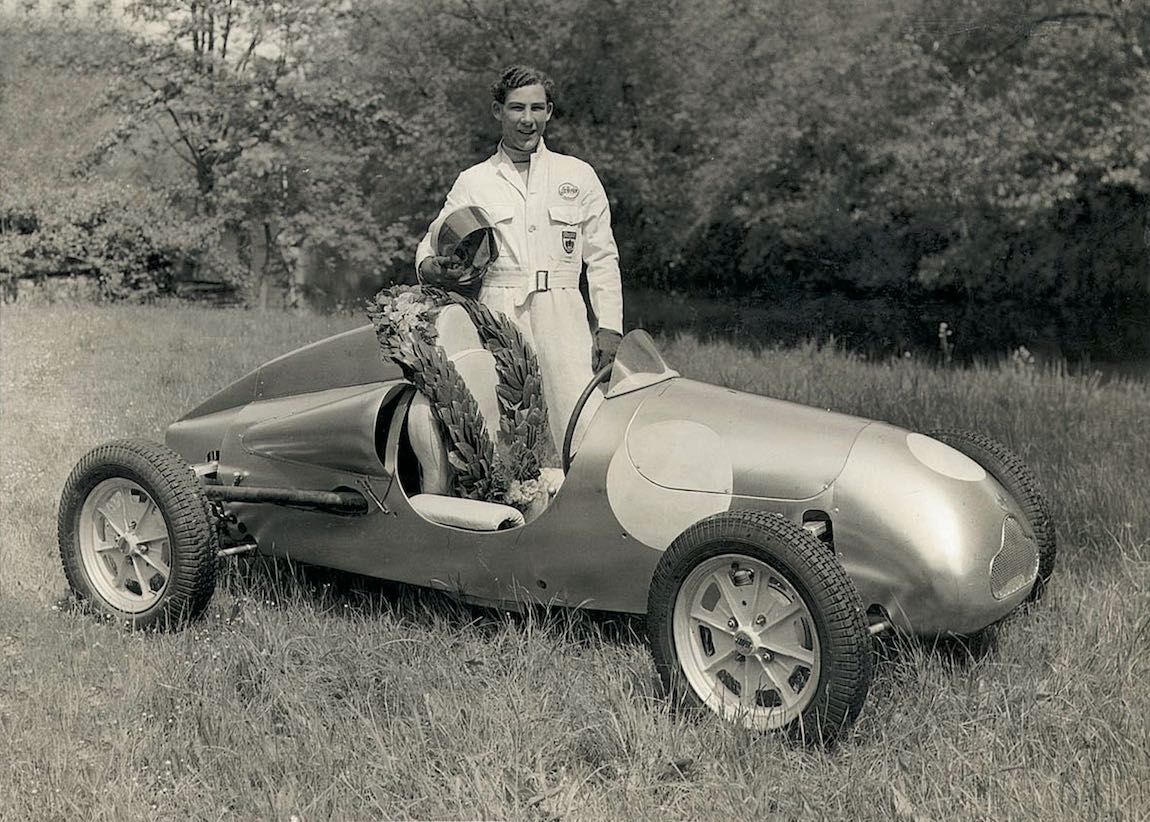
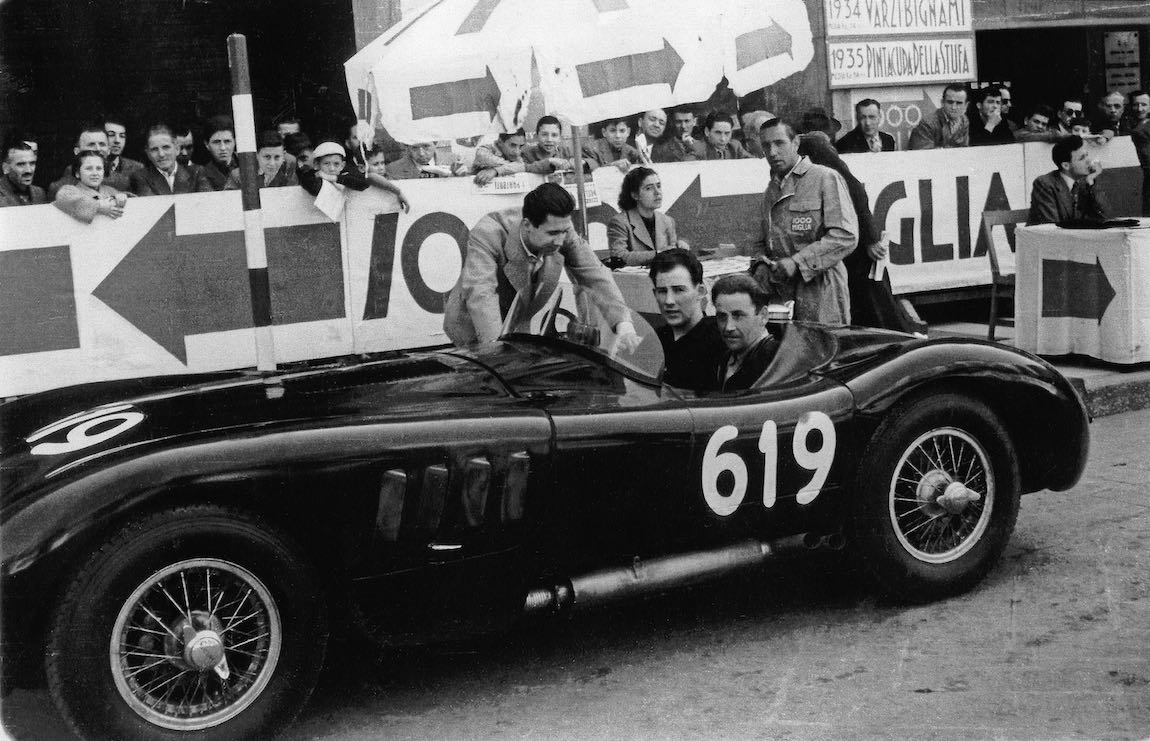
Moss came to prominence at the start of the 1950s and made his Formula 1 debut in the 1951 Swiss Grand Prix at the wheel of an Alta-powered HWM. His Formula 2 results came to the attention of Enzo Ferrari who put him in one of his cars for the 1951 Bari Formula 1 Grand Prix. When Moss arrived in Puglia after an eventful journey, he discovered his car had been entrusted to Piero Taruffi instead. The 21-year-old Englishman was furious and returned home vowing to never drive for the Scuderia.
Moss not only had clear goals regarding his sporting successes, but he was also very decisive when it came to the professionalisation of his career. As a result, he was one of the first professional drivers of this era to hire a manager who dealt with engagements and fees. How important this decision was became clear in 1953, when manager Ken Gregory approached Mercedes-Benz racing manager Alfred Neubauer: would the brand from Stuttgart like to hire Moss for the re-entry of Mercedes-Benz into the Grand Prix sport?
In the 1954 season, however, Moss still raced in Formula 1 in his own Maserati 250 F as the private team “Equipe Moss” (later “Stirling Moss Limited”). His gripping duel with Silver Arrow chief driver Juan Manuel Fangio at the Italian Grand Prix in Monza was one of the moments that left a great impression: Moss was in pole position until just twelve rounds from the finish, when he was hopelessly thrown back into the pack by a technical defect. Winner Fangio paid great respect to the Brit and called him the actual winner of the race.
By 1954, Neubauer had been convinced of the great talent of the British racing driver. He invited him for a test drive and hired him for the 1955 season as a works driver of the Mercedes-Benz racing department. Moss was to complete 17 races with the successful W 196 R Formula 1 racing car as well as the new 300 SLR racing sports car (W 196 S).
Moss made his Formula 1 debut for the Silver Arrows on 16 January 1955 at the Argentinian Grand Prix, where he was able to clinch 4th place in the heat of Buenos Aires together with Hans Herrmann and Karl Kling. A highlight of the season was his victory at the British Grand Prix in Aintree on 16 July 1955 ahead of his team colleague Juan Manuel Fangio. It was the first victory ever for a British racing driver at this Grand Prix. At two further Formula 1 races (the Belgian Grand Prix on 5 June 1955 and the Dutch Grand Prix on 19 June 1955), each time Moss came in second behind Fangio. He ended the season as runner-up in the driver standings.
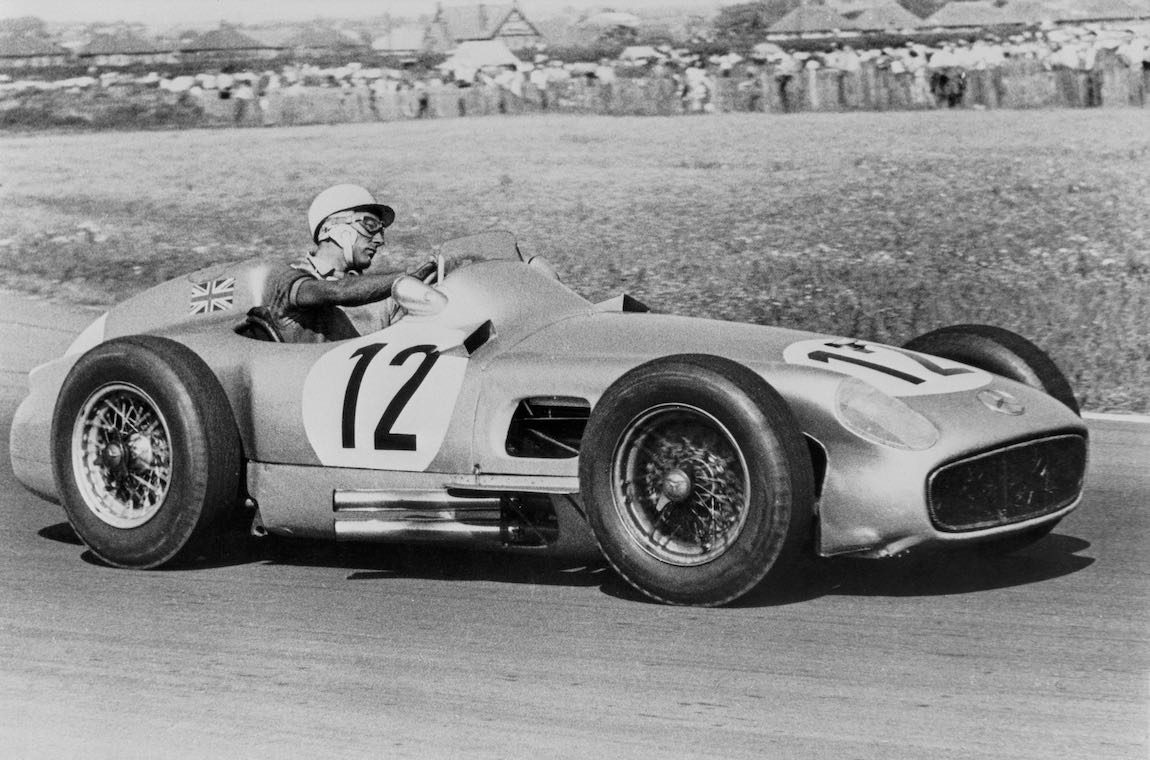
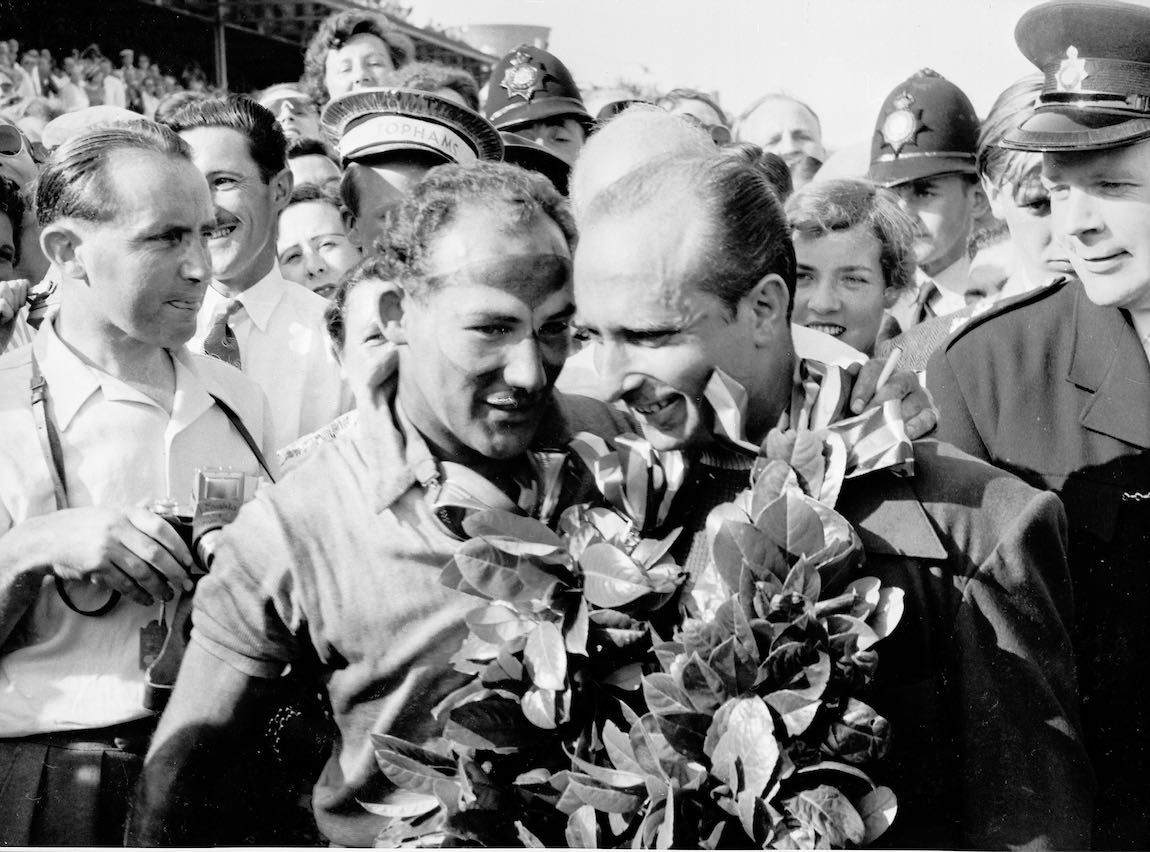
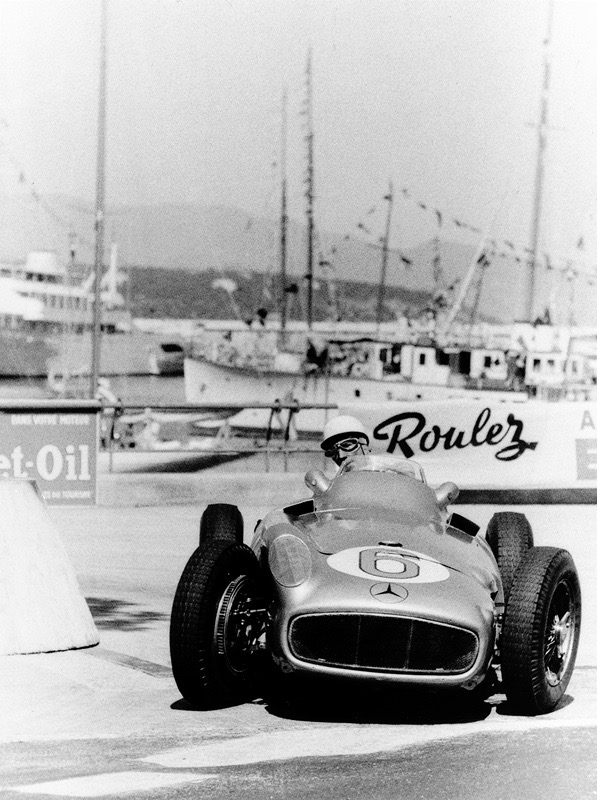
Stirling Moss was his most successful in 1955 in sports car racing with the Mercedes-Benz 300 SLR racing sports car developed solely for this season. On 1 May 1955, Moss wrote motorsport history: in the Mercedes-Benz 300 SLR racing sports car, the then 25-year-old British driver won the Mille Miglia in the best time ever achieved there. He completed the race that began on 30 April from Brescia to Rome and back on a challenging 1,000-mile route together with co-driver Denis Jenkinson at an average speed of 157.65 km/h.
With the Mercedes-Benz 300 SLR, Moss also won the Tourist Trophy in Dundrod (Northern Ireland) and the Targa Florio in Sicily. This allowed him to secure for the brand from Stuttgart – alongside the win of the Formula 1 world championship by Juan Manuel Fangio – victory in the 1955 sports car world championship. At the height of its success, Mercedes-Benz withdrew from racing at the end of the season.
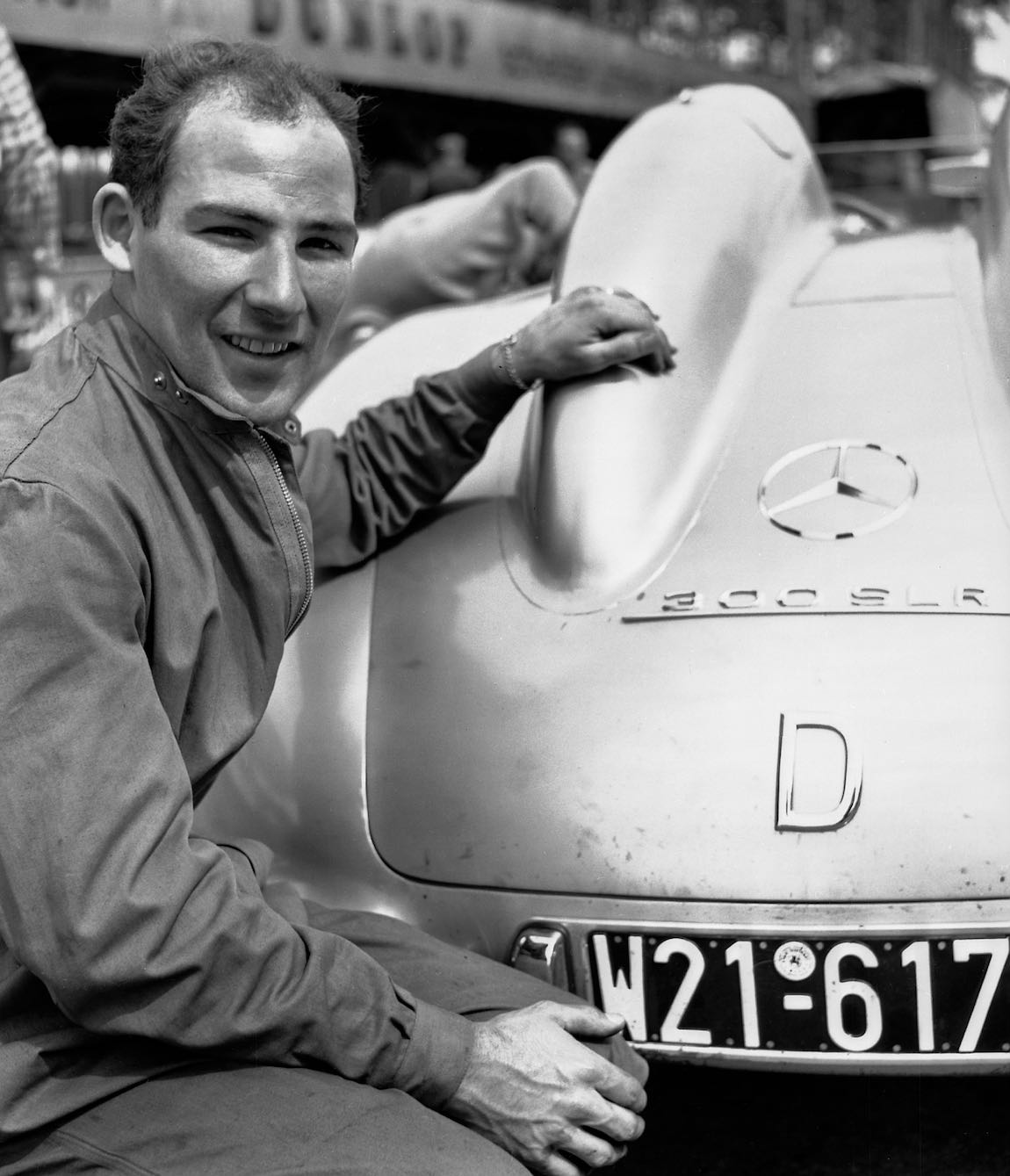
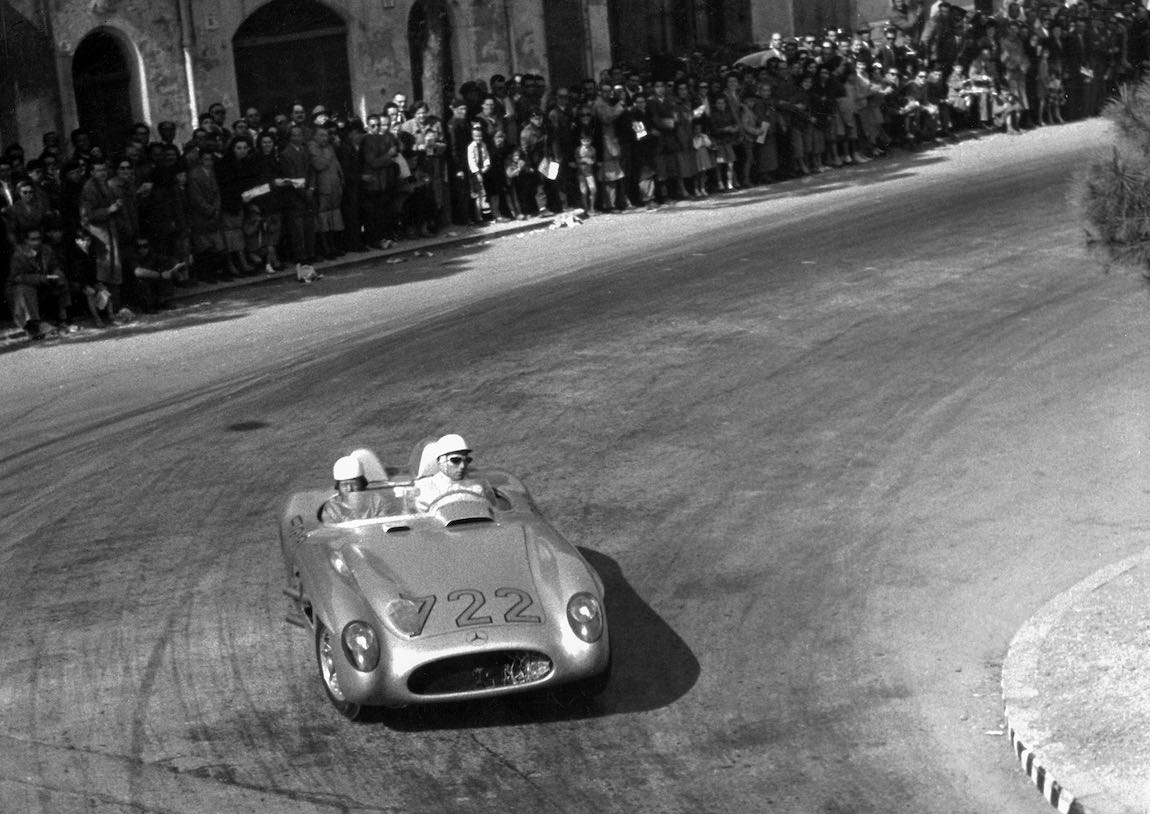
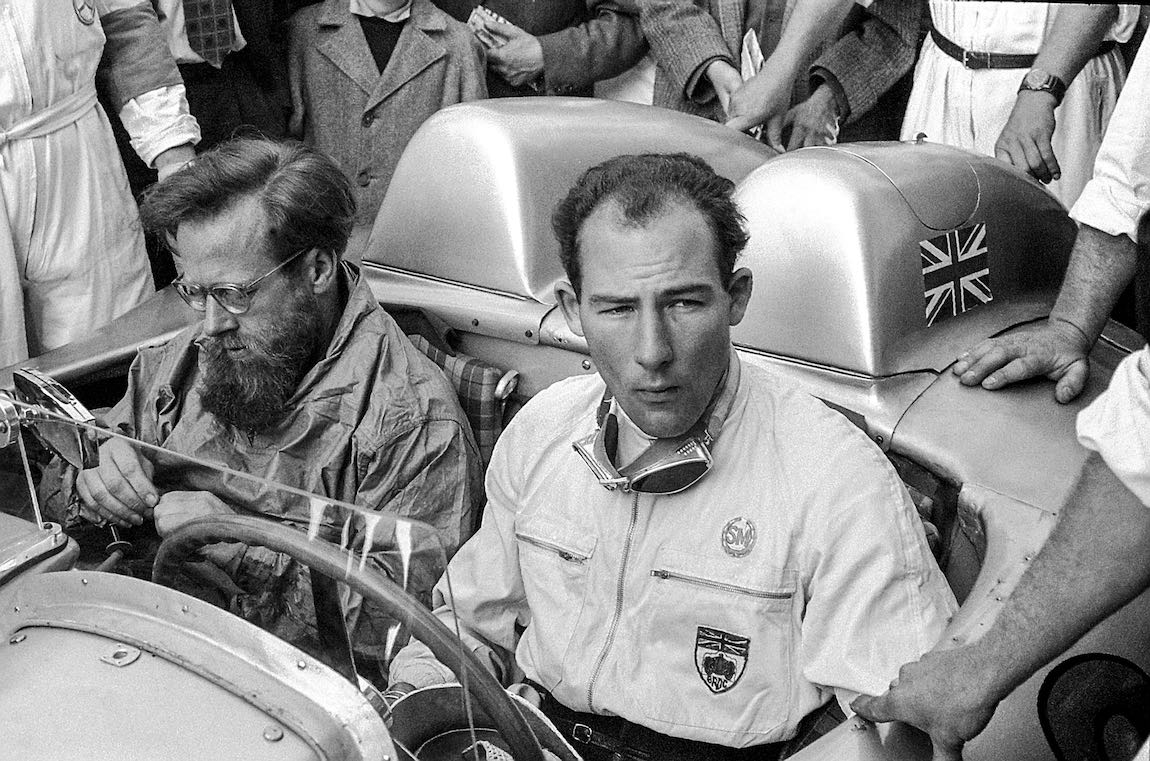
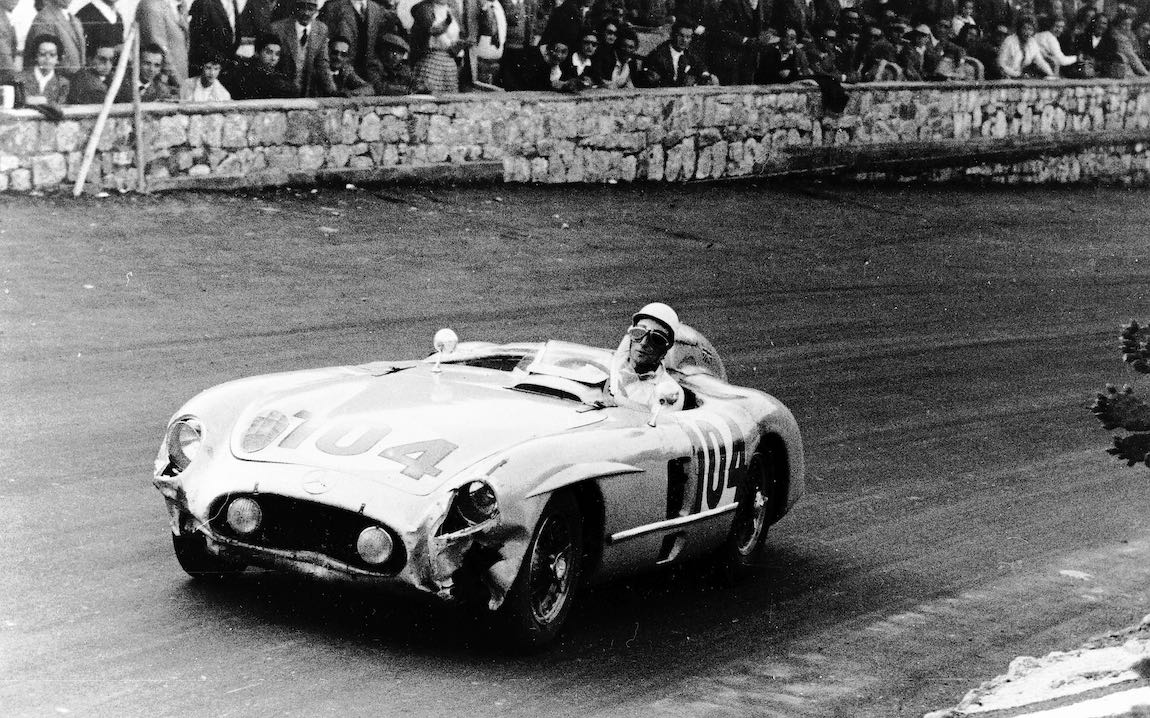
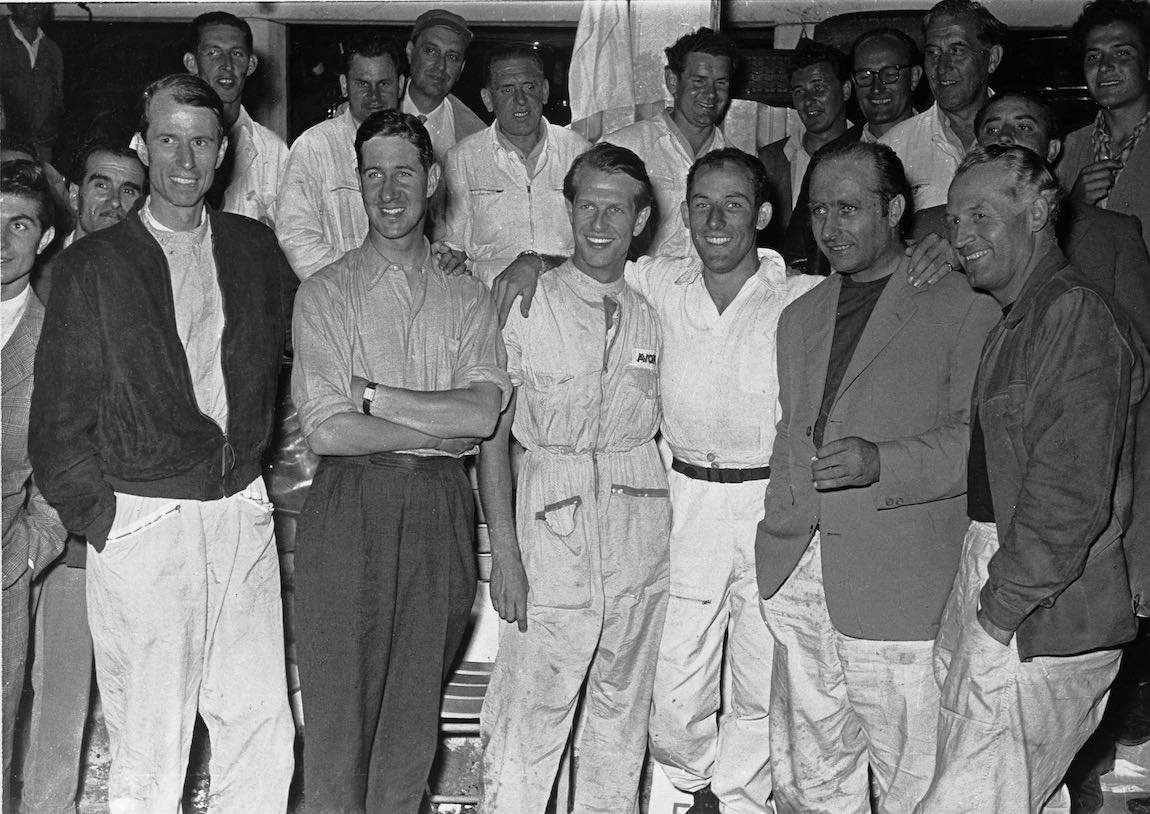
Stirling Moss would continue his career on other racing teams. He raced in racing cars by Maserati, Vanwall, Cooper, Porsche, Aston Martin, Ferrari, Lotus and B.R.M, amongst others, and again and again proved himself to be a world class driver. Moss attained many victories and excellent finishes in Formula 1 (runner-up in 1956 to 1958, third place in the drivers’ world championship in 1959 to 1961) and in sports car races.
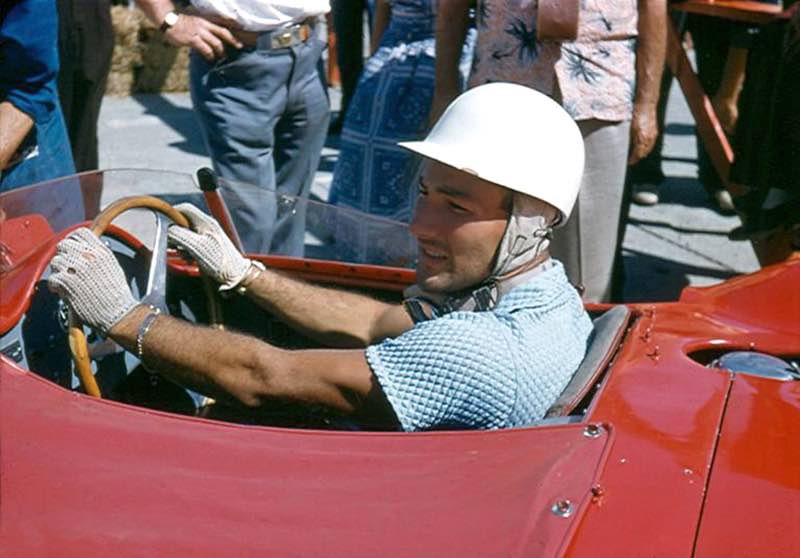
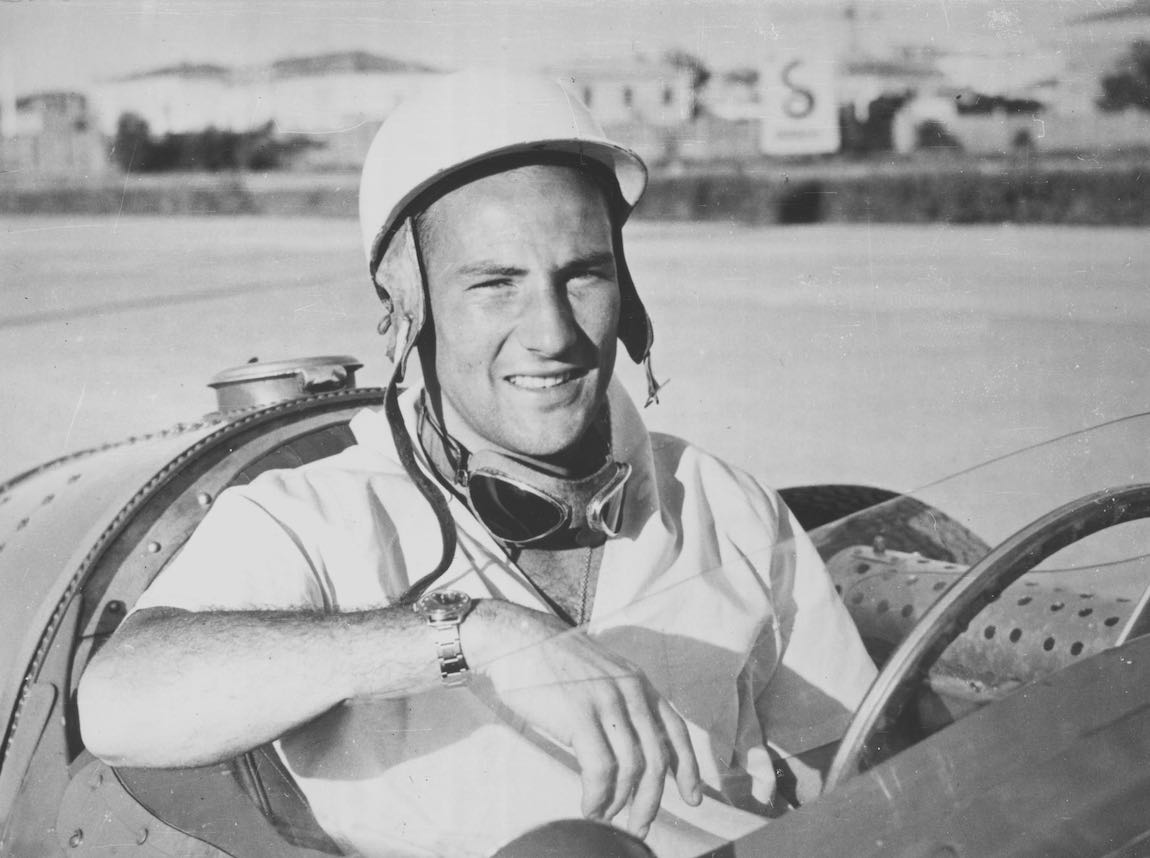
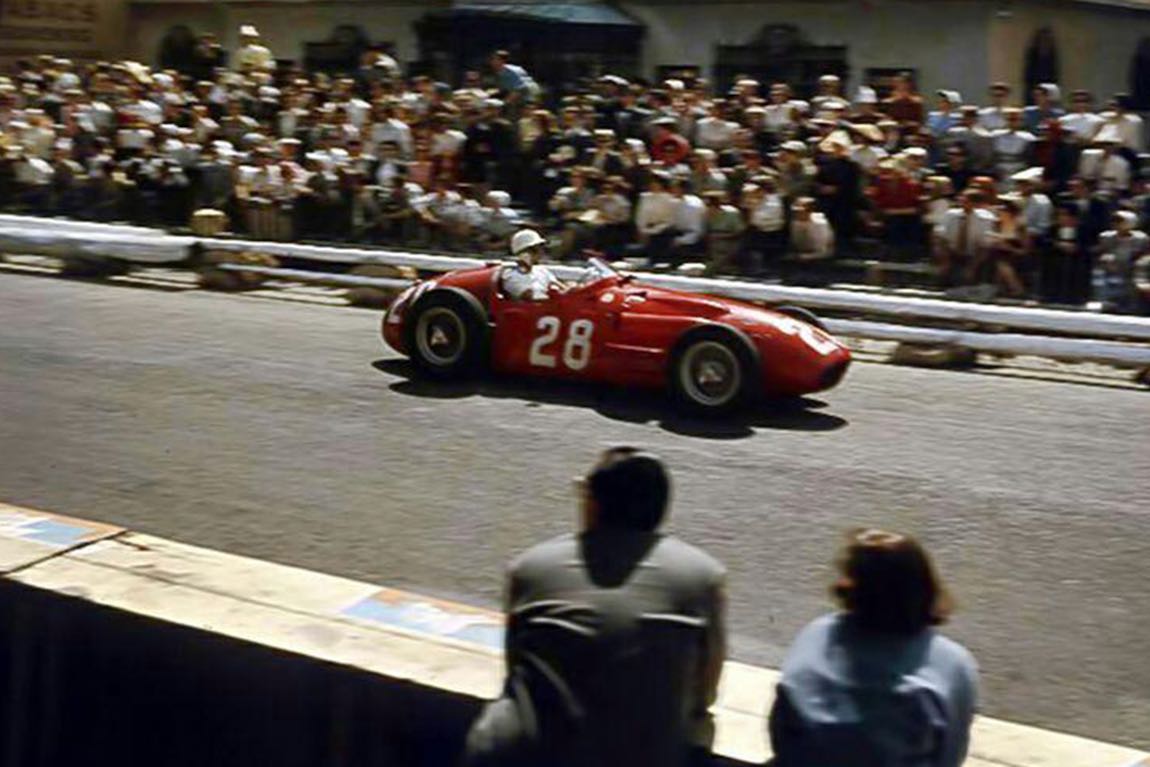
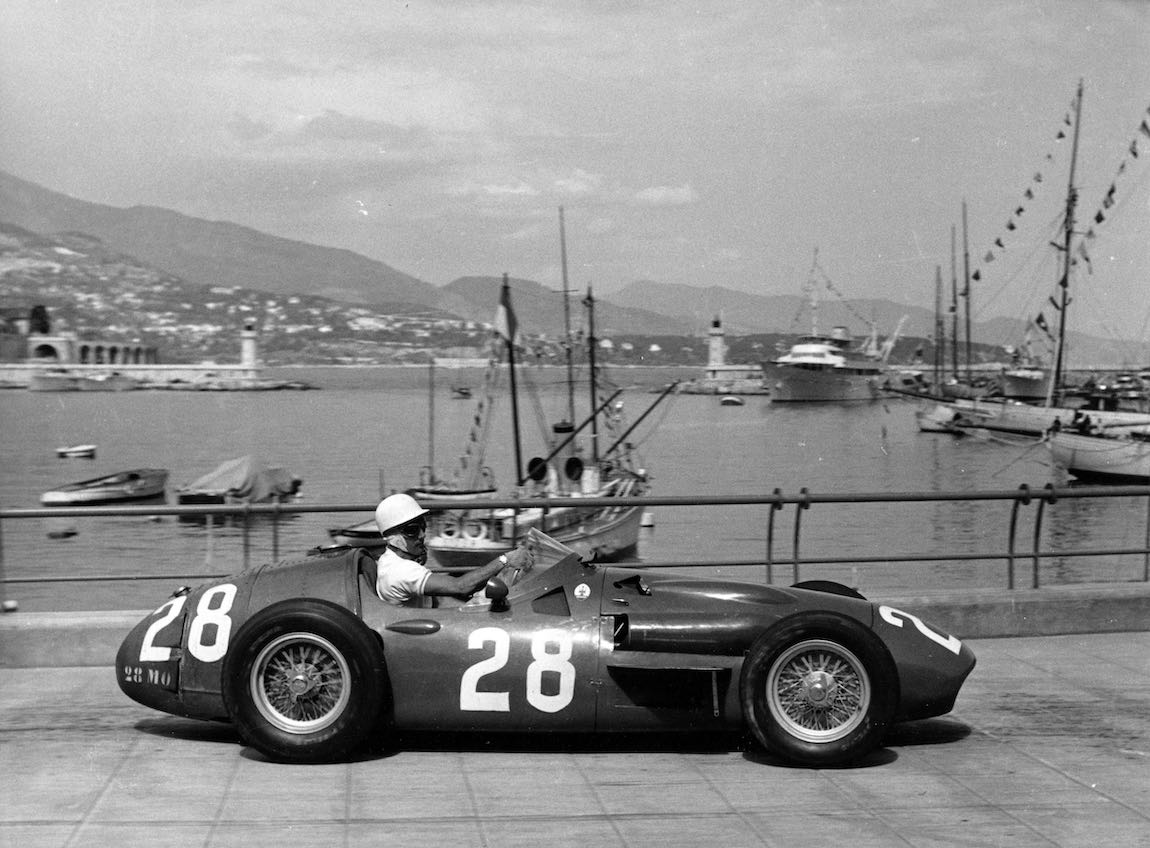
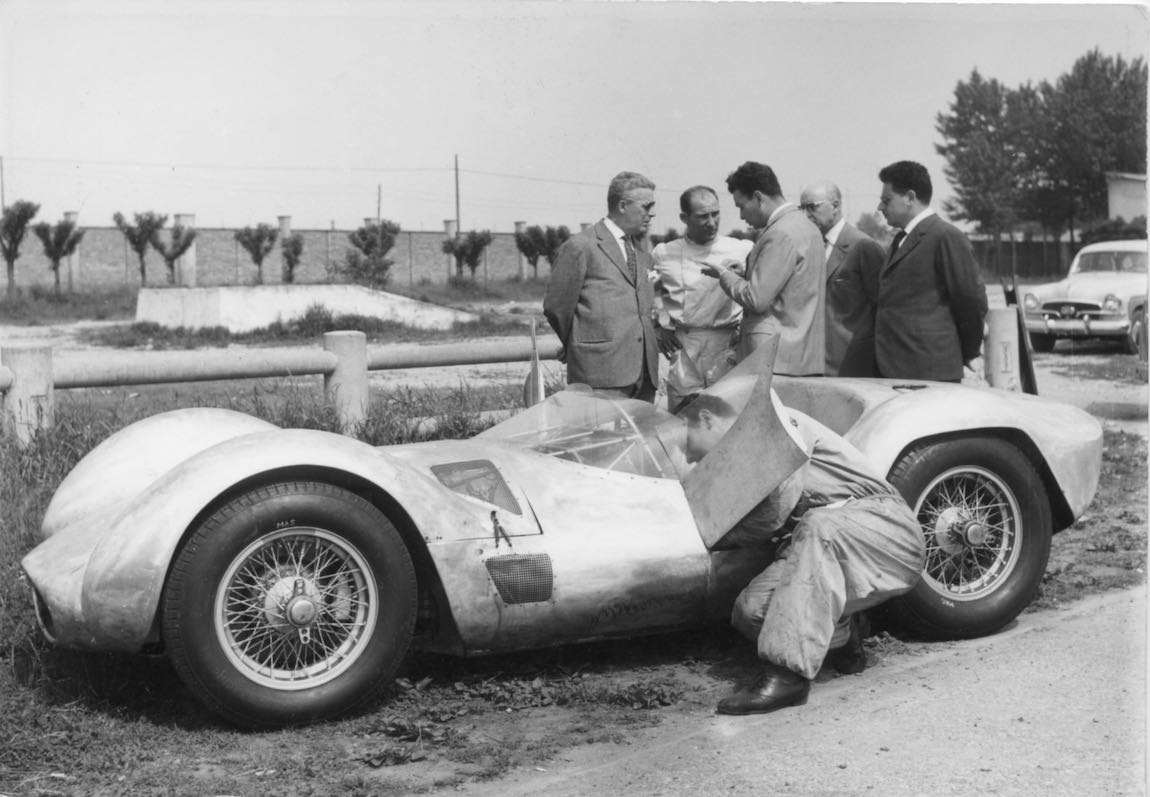
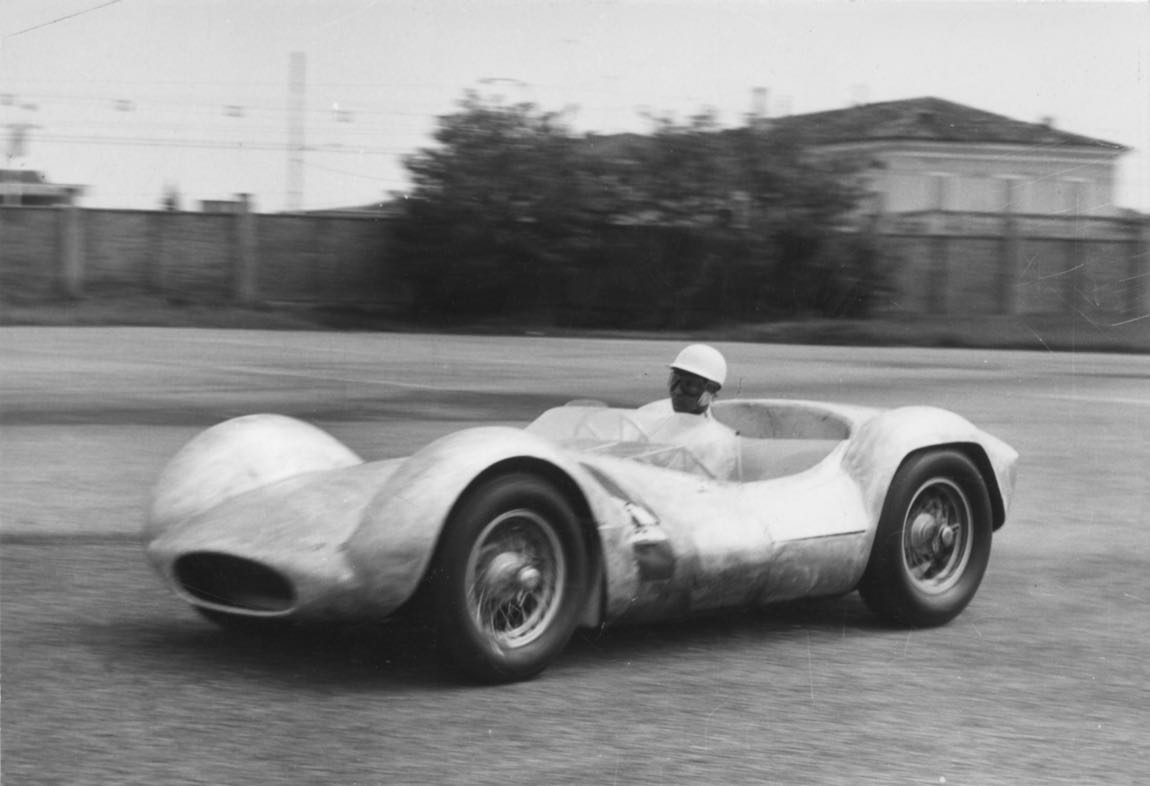
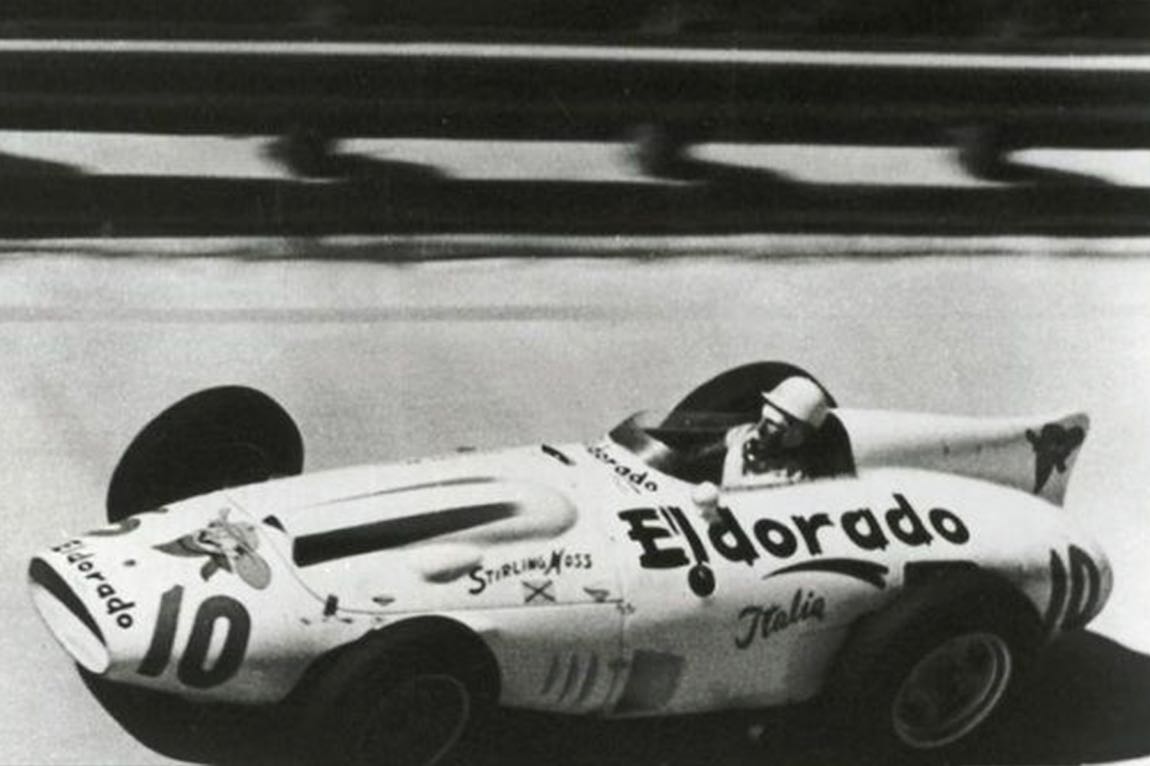
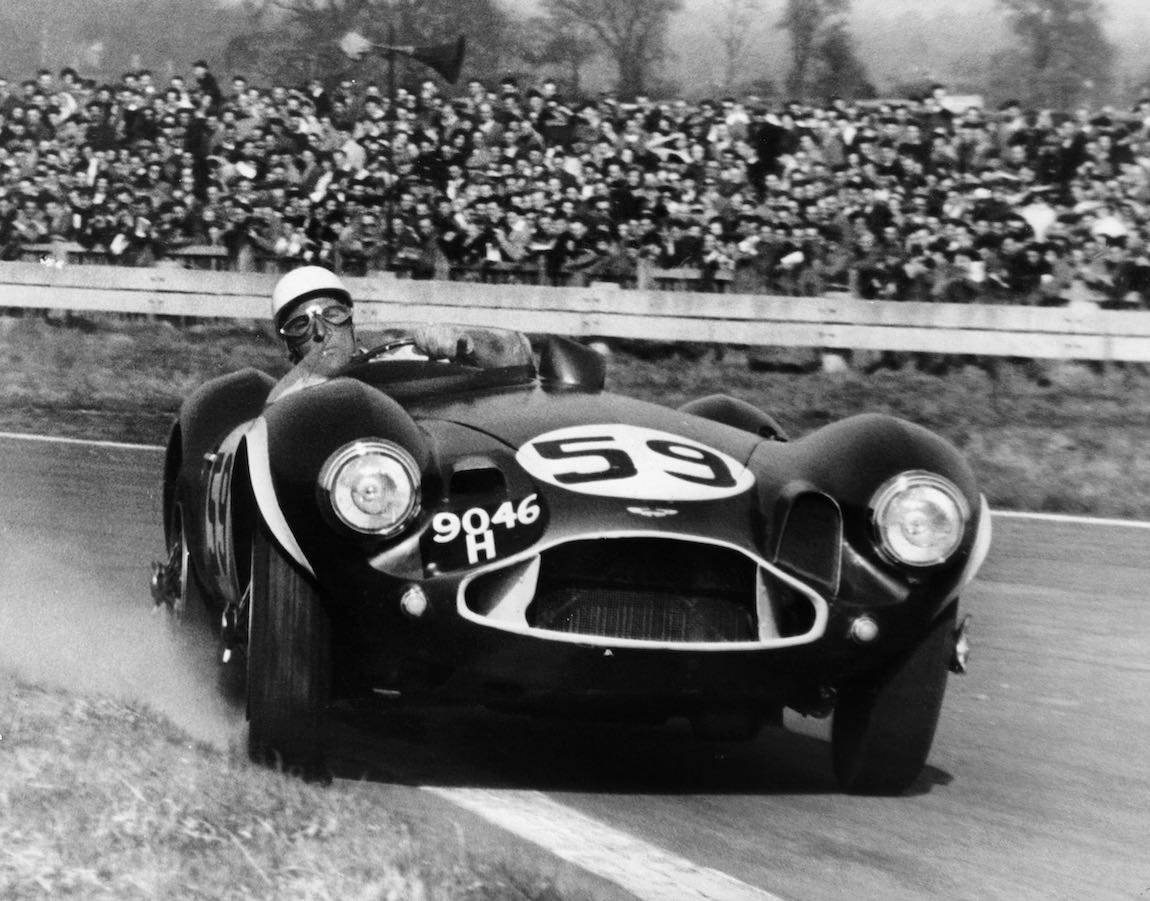
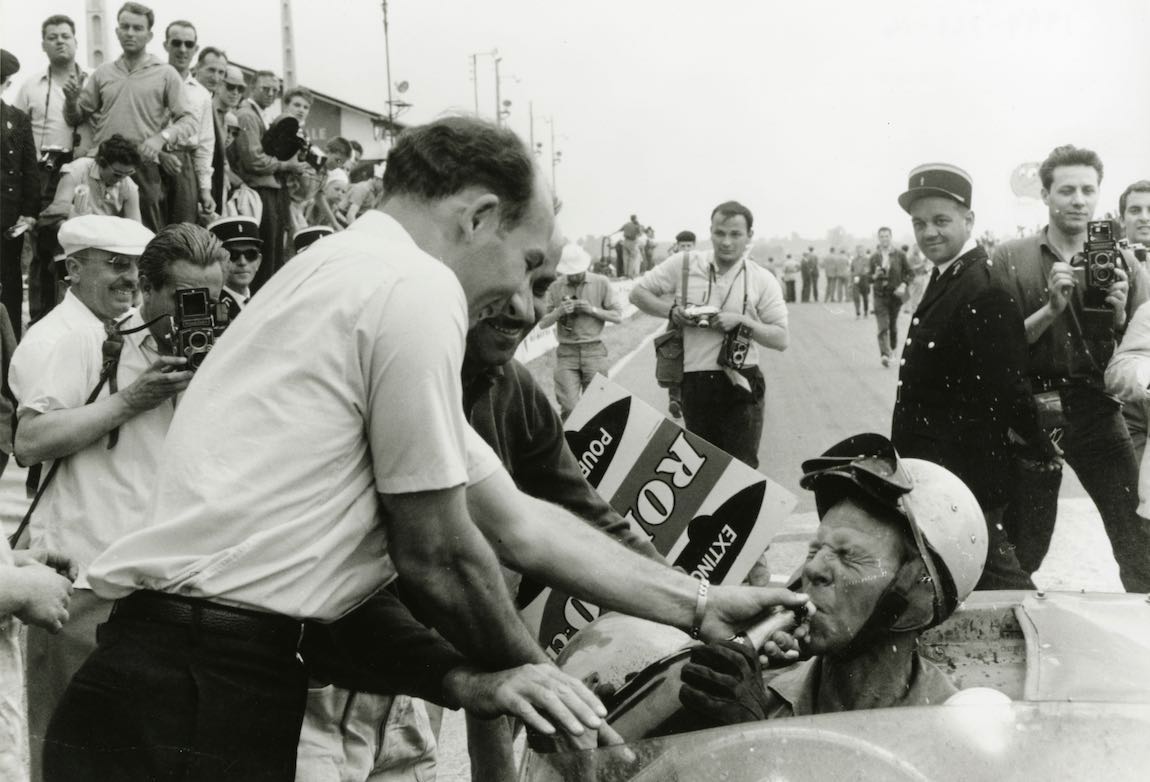
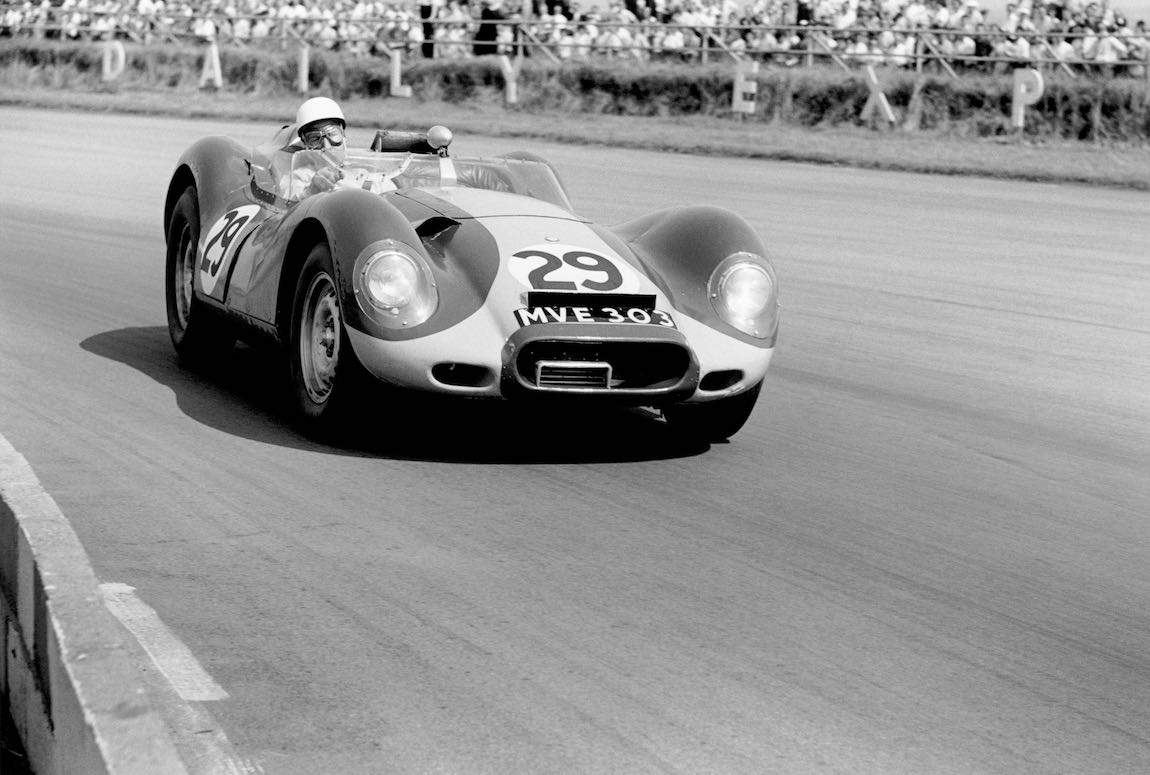
The final part of Moss’ career saw him race a Lotus for friend and privateer entrant Rob Walker, who was also heavily involved in sports cars. In fact, with this team, Moss drove several races in Ferraris after sporadic but winning appearances in 1957, winning the Nassau Trophy Race in the Bahamas in a Scuderia Temple Buell 290 MM, and in 1958, with victory in the Cuba Grand Prix, at the wheel of a Luigi Chinetti-entered 335 Sport. In 1960, Moss piloted a 250 GT SWB to victory in the Goodwood Tourist Trophy, the Redex Trophy at Brands Hatch and the Nassau Trophy Race.
More wins followed in 1961 in the British Empire Trophy, the Peco Trophy and again in Nassau and the Tourist Trophy. Wins in a Ferrari and Walker’s relationship with Enzo Ferrari led to an agreement that should have finally seen Moss drive a Ferrari Formula 1 car under the Walker team banner in 1962.
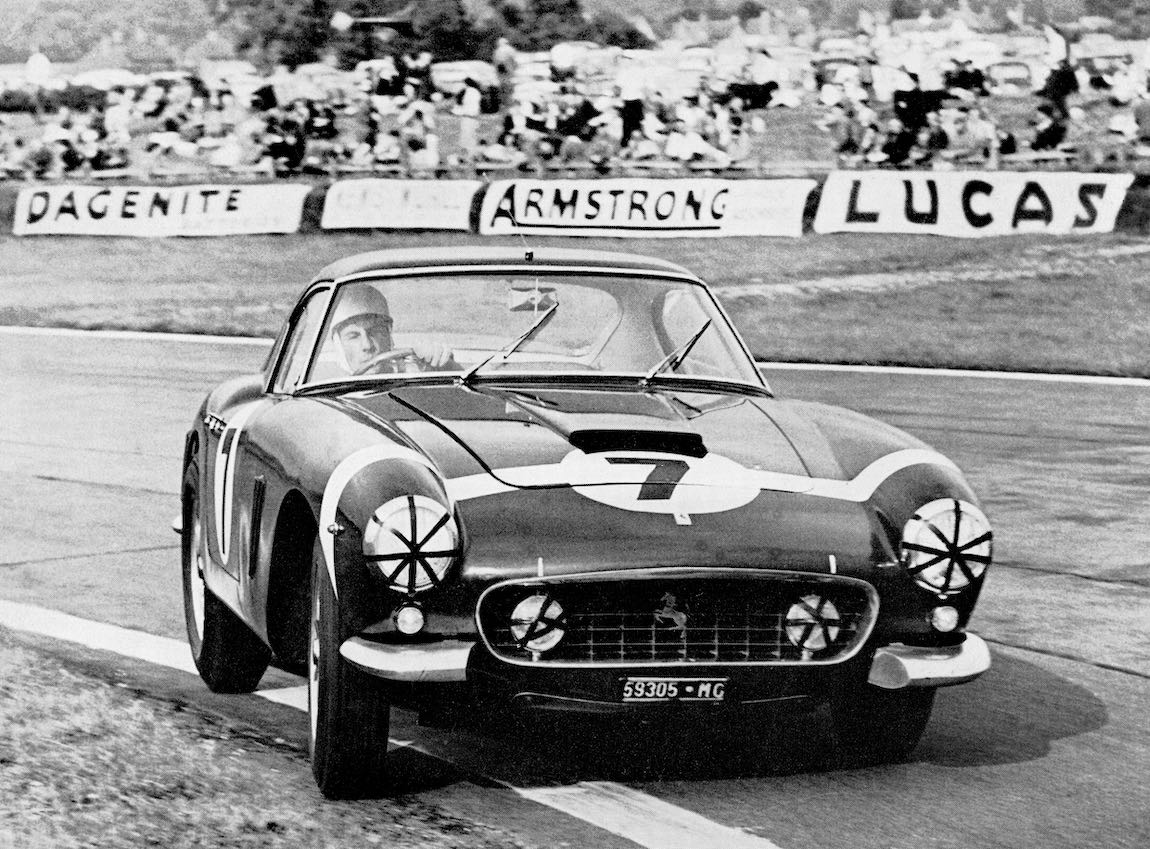
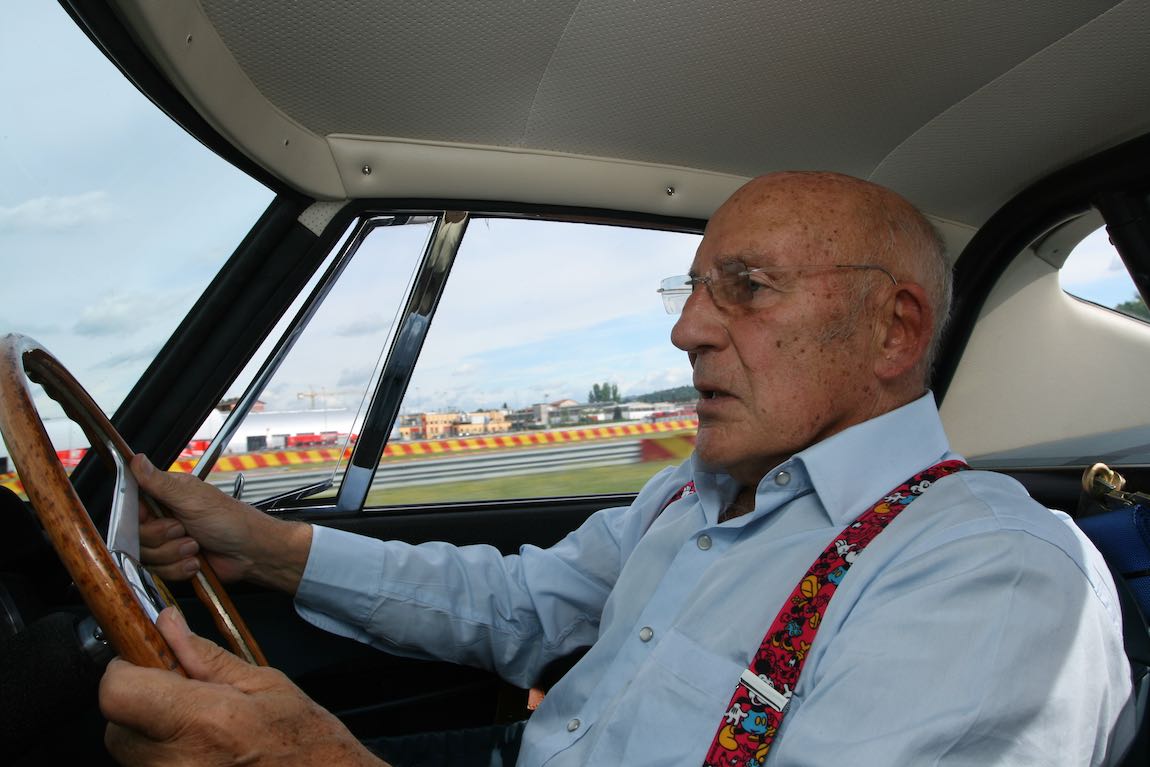
That year, Moss’ sports car season got off to a great start with a win in the Bank Holiday Trophy at Brands Hatch and a class win in the Daytona Three Hours, as usual at the wheel of the Ferrari 250 GT SWB. Sadly, the world would never see Moss race a Formula 1 Ferrari as he was seriously injured in a terrible crash, at the wheel of a Lotus F1 for UDT-Laystall, at the “100 Miles of Goodwood” on 30 April 1962. It left Moss in a coma and after testing a race car in the spring of 1963, he ended his active career at the age of 33.
At the time, the Brit could look back on his racing achievements, including 222 victories in 495 races in which he took part in no less than 84 different car models. This versatility underscores the prestige as one of the greatest motor racing drivers the sport has ever known, having raced successfully in all forms of motor sport and racing not only to win, but racing because he loved the racing itself. Among his more famous victories were winning the British Grand Prix twice, the Monaco Grand Prix three times, the Mille Miglia, the Targa Florio, the Alpine Rally, the Sebring 12 Hours and the Tourist Trophy.
In his home country of Great Britain, Moss was known as “Mr Motor Racing” and “the epitome of speed” during his active career. In ‘retirement’, Stirling Moss continued to stay closely connected to motorsport as an author and a racing expert, in addition to participating in historic car racing events until 2011. For his services, Queen Elizabeth II honoured him with “The Most Excellent Order of the British Empire” (OBE) in 1959. In 2000, Moss was raised to Knight Bachelor, making his title since then Sir Stirling.
With Moss’ death, the world of motor racing has lost one of its true legends. Rest in peace Stirling and thanks for all those on-track duels.
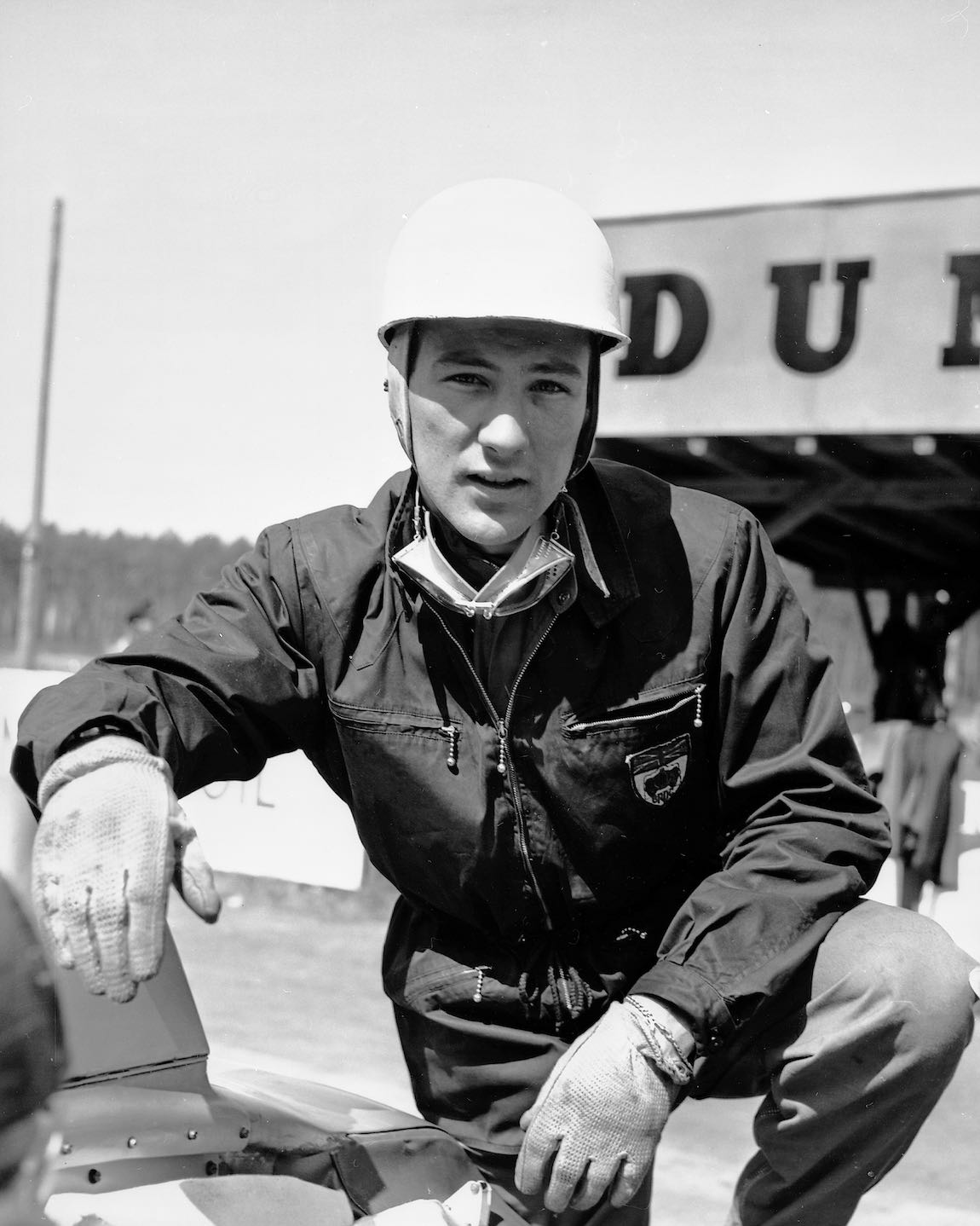
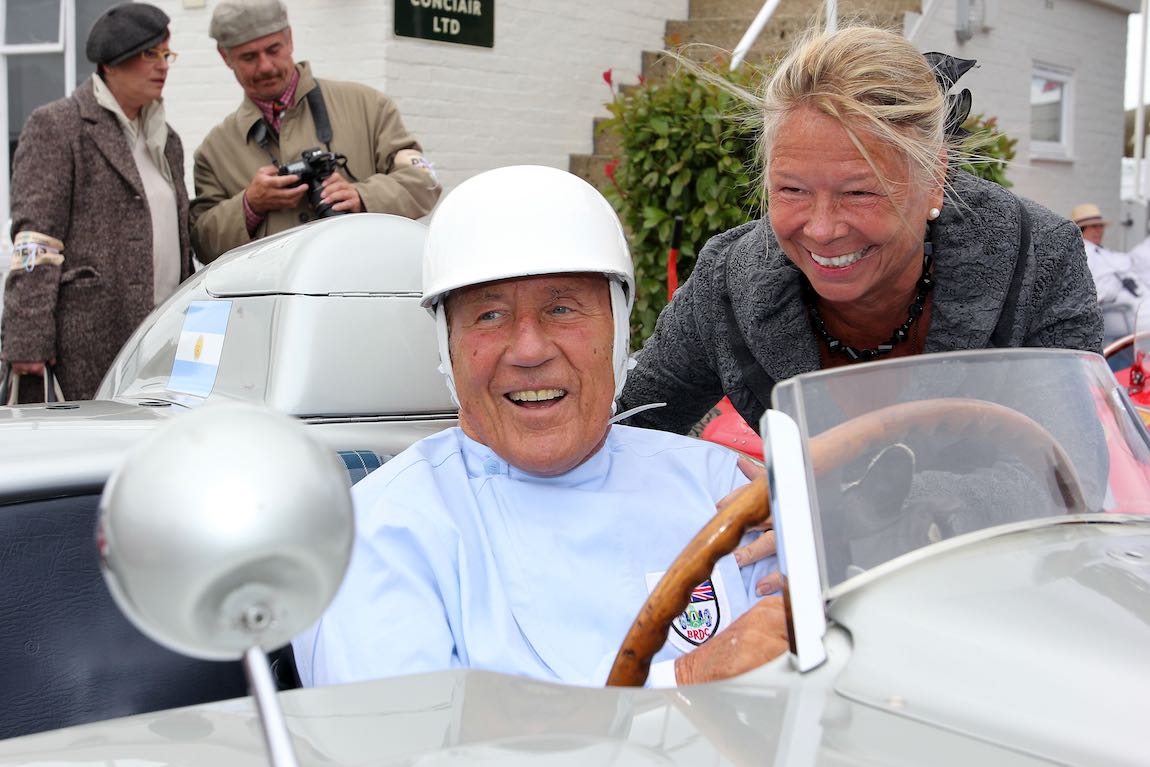
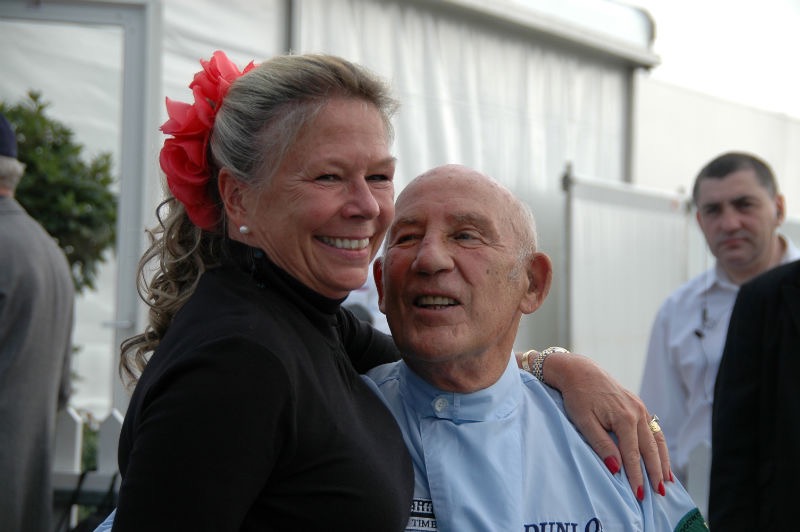
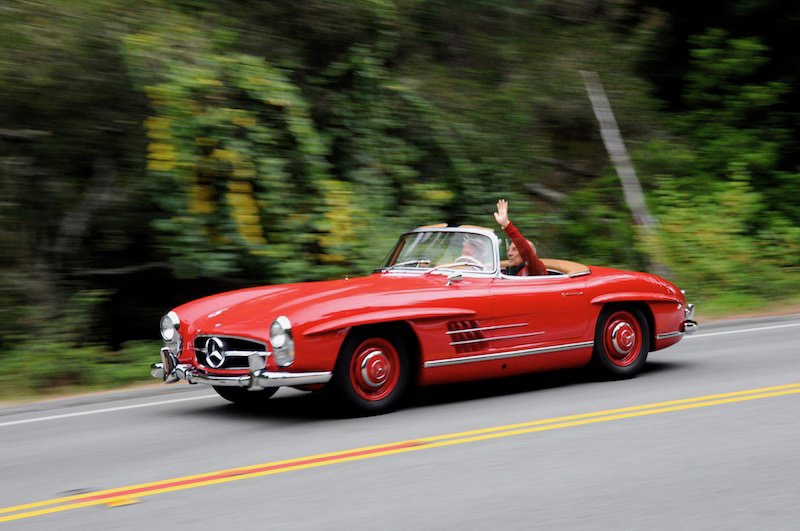
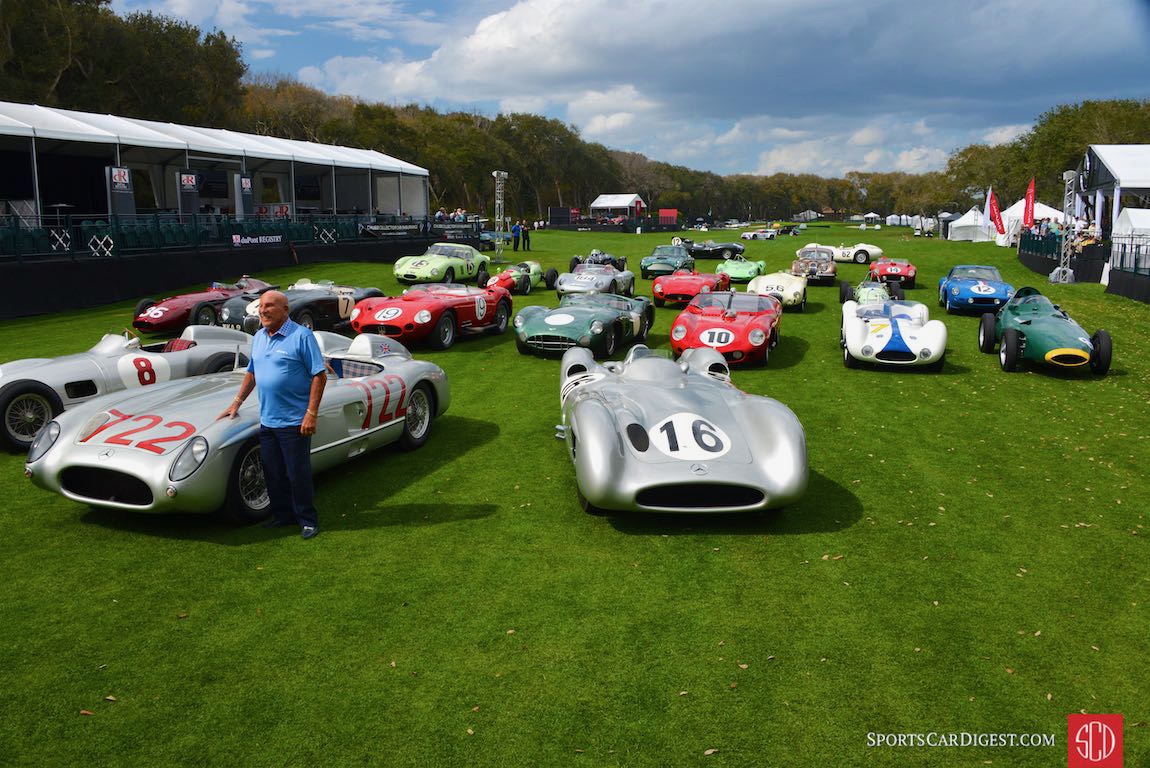
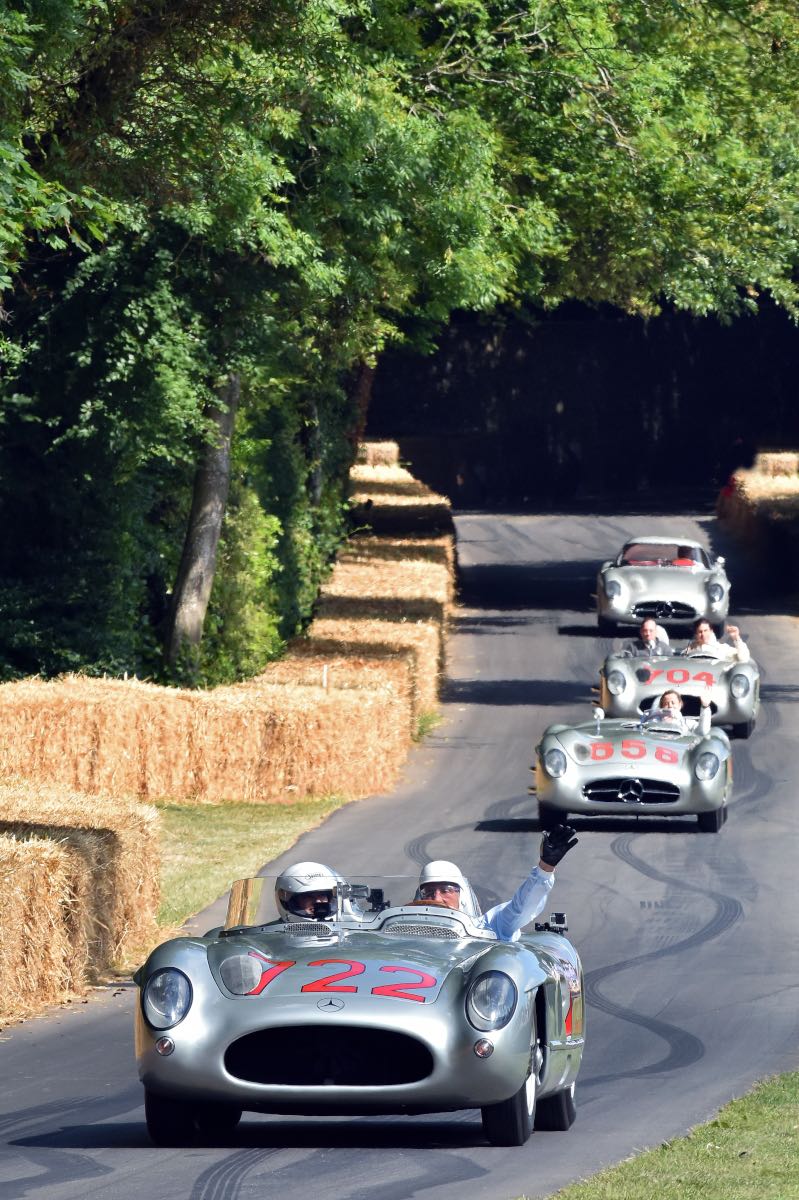
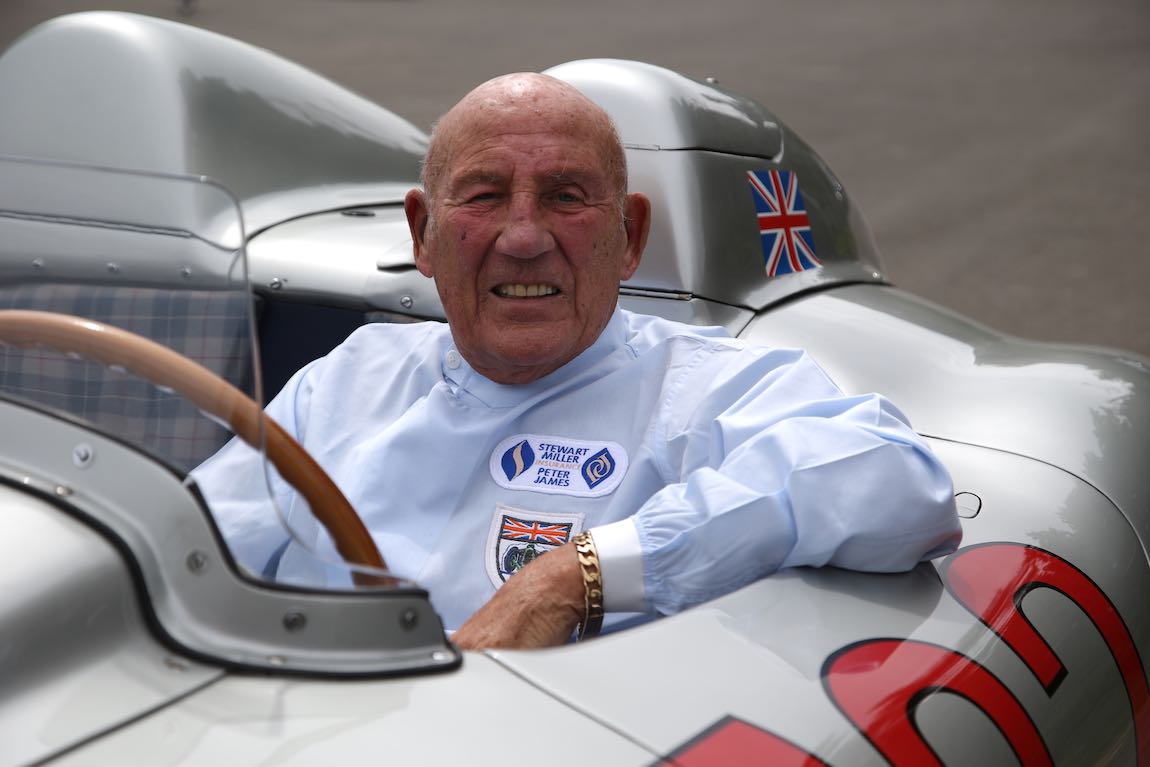
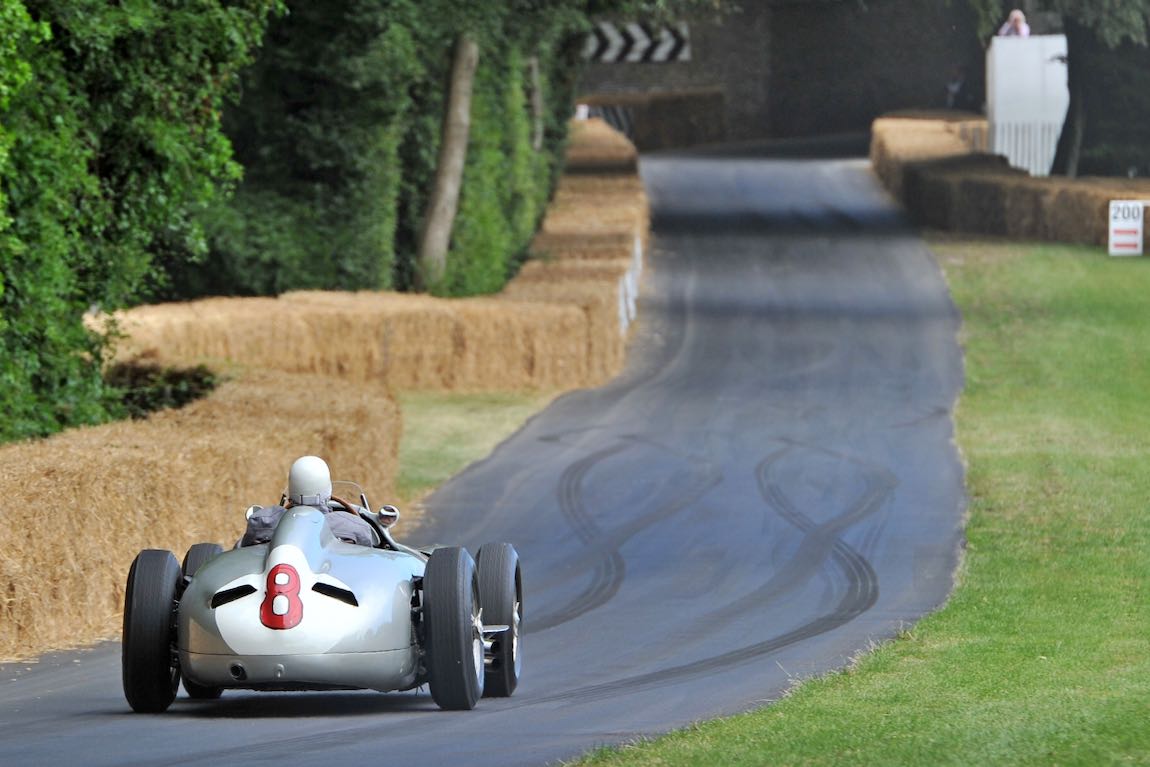
[Source: Daimler AG, Ferrari SpA; photos: as credited]


